Lake Idro is a gem set among whitewashed peaks on the border between Lombardy and Trentino. Lake Idro is a pristine body of water that is a symbol of sustainable and respectful tourism. Lake Idro is the natural boundary of the Chiese valley and over the centuries has been a compulsory crossing point for peoples, armies and cultures that have left the two regions with fortifications, castles and places of historical and artistic significance. Today, Lake Idro is a beloved destination for lovers of the outdoors, but also for those looking for a break away from city life in the pursuit of good living, including excellent cuisine, castles, villages suspended in time and much more. The waters of the lake are entirely swimmable and their mild temperature allows long swims throughout the summer until late September. Every year on the shores of Lake Idro surfing, sailing and canoeing enthusiasts gather, as well as families who can find everything they need here. On the other hand, for those who are looking for excursions and adventures, the network of trails offers miles and miles of equipped paths to be traveled on foot or by bicycle, and then again cliffs and ferrate for those who want strong emotions. Here are ten must-do stops on a trip to Lake Idro.
On the western shore of Lake Idro, in the province of Brescia, is Anfo, a town of just 450 inhabitants but with a rich and evocative history. A favorite destination for those who decide to visit this enchanted corner of Lombardy, the village of Anfo traces its origins back to Roman times and offers tourists not only the crystal-clear waters of the lake but also many monuments and places of historical, artistic and architectural interest. Among these, the ancient parish church deserves special mention, which preserves numerous works by Lombard artists inside and from whose stones all the rich history of these valleys exudes. It is, however, the village as a whole that deserves a thorough visit. Wandering at a slow pace through its alleys and small squares, it is easy to travel with the imagination and be enraptured by glimpses that tell of a civilization that grew and developed century after century in step with the rhythms of nature and the seasons, following ancient traditions that have forged the character of the population and the entire territory.

The Rocca di Anfo is the largest Napoleonic fortress in Italy and silently dominates the shores of Lake Idro. What is known as the Rocca d’Anfo comprises a system of military fortifications that occupies an area of about 50 hectares on the western shore of Lake Idro. This imposing defense complex was erected in the 15th century by the Republic of Venice and greatly expanded in the Napoleonic era, near the former border between Lombardy and Tyrol between Valle Sabbia and Valli Giudicarie. The Rocca d’Anfo consists of about 34 main structures including barracks, powder magazines and military batteries connected by walkways, stairways and underground paths that take the visitor through the main Italian historical events from the Republic of Venice to the present day. The Rocca d’Anfo is a true historical jewel set on the shores of Lake Idro in which history, culture, nature and sports come together to provide a unique experience by taking the visitor on a journey back in time without ever looking away from fairy-tale landscapes.

Placidly lying on the shores of the lake to which it gives its name, the scattered municipality of Idro is a special place to enjoy the unspoiled beauty of the mountains while relaxing on golden beaches. Like the other towns of this rich and generous land, Idro, particularly in its main hamlet, Crone, preserves in its centuries-old, spontaneous architecture a vivid flavor of the old: stony, narrow streets, old portals and arcades. Add to this many accommodations: campgrounds, tourist resorts, hotels and bed and breakfasts, as well as clubs, bars and restaurants designed to welcome visitors in a manner at once straightforward and refined. Peace and tranquility, then, are the characteristics most appreciated by those who decide to stay in Idro to which are added the sports, folkloristic, artistic and cultural events that follow one another throughout the summer season. Above all, however, Idro is a perfect starting point for many excursions that start from the shores of the lake and climb up to the high peaks. On foot, by bike or with harness and carabiners: trails, dirt roads, crags and ferratas in and around Idro certainly do not lack and are suitable for all tastes and difficulties.

Founded in the early 11th century, the monastery of San Bartolomeo in Serle stands in a panoramic position on Mount Orsino, at an altitude of almost 1,000 meters. Radically renovated in the mid-1400s on the ruins of the earlier, and much grander, church of San Pietro, the monastery today is reached by a beautiful walk through the woods from which truly unique views can be admired. Scenery that in the past, however, also had an important strategic relevance since the monastery of San Bartolomeo over the centuries was important above all because it controlled the two roads that, from Brescia, went to upper Lake Garda and Trentino. Today, reaching the monastery is a powerful experience especially because it allows one to immerse oneself in a lush and unspoiled nature in which it is easy to let the imagination fly by thinking back to those who for centuries have traveled those same roads at the same time of faith and daily life.
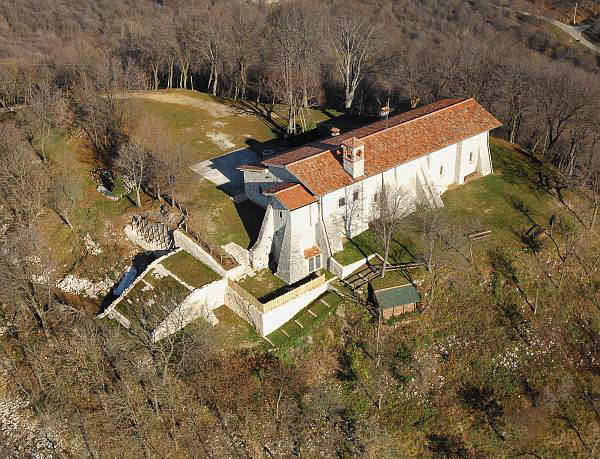
The shrine of Our Lady of Paitone was built in the first half of the 16th century on the site where, according to tradition, Our Lady had miraculously appeared to the deaf-mute Filippo Viotti, who would later be healed after this vision. It is precisely this mystical event that is the subject of an important altarpiece by Moretto, preserved inside the church, which has always been praised for illustrating the apparition with great concreteness, without resorting to supernatural and miraculous elements, but relying on the young Filippo’s own account. Impressive then is the external appearance of the shrine with the building being surrounded by a regular arcade portico supported by columns. The interior, on the other hand, has a single nave where one can admire a profusion of gilded stucco, while at the back is a rich marble altar that rests on the stone of the apparition and contains a painting by Moretto.
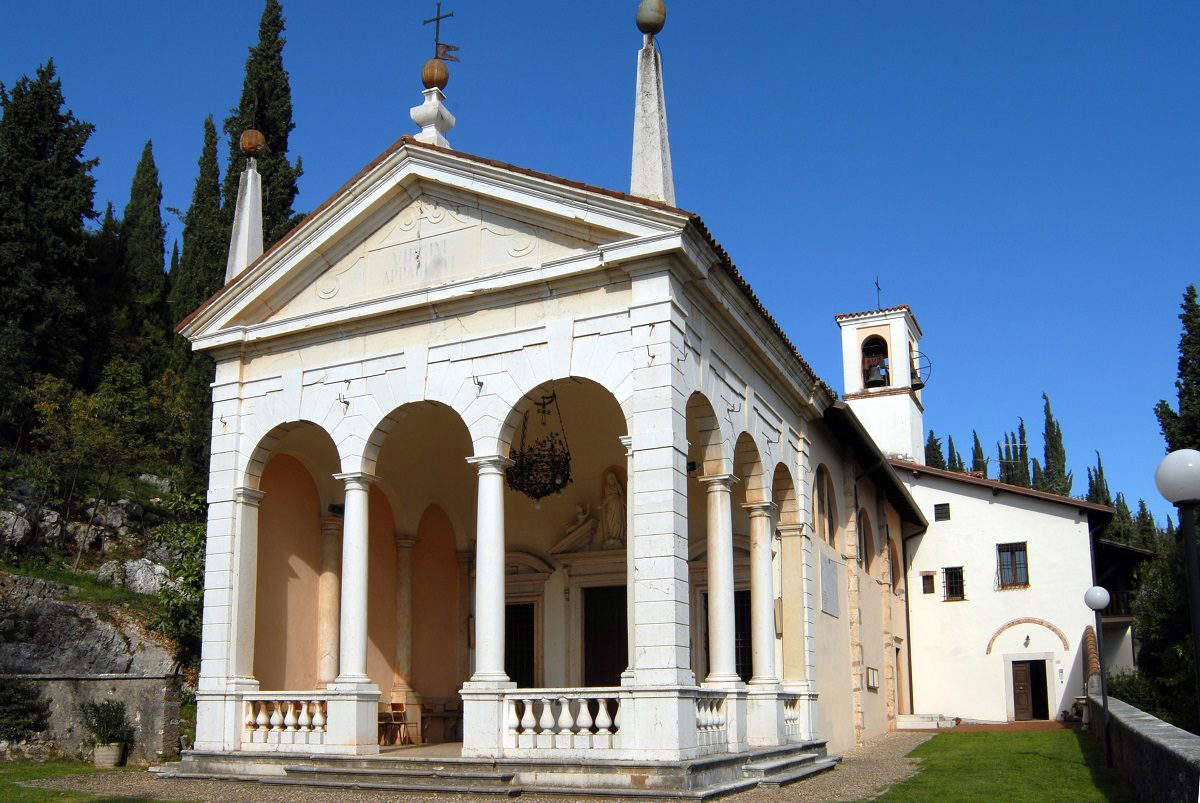
Gavardo is home to the Civic Archaeological Museum of the Valle Sabbia (Mavs) designed to offer visitors the ever-changing picture of the history of these places from prehistoric times onward. The exhibit focuses on the main finds in the area including the Monte Covolo complex, a settlement that lasted from the Late Neolithic to the Middle Bronze Age, accompanied by Copper Age burial shelters under rock and flint mining areas. Special attention is also paid to the important group of Bronze Age pile-dwelling settlements of Lucone di Polpenazze, inscribed on the UNESCO World Heritage List in 2011 as part of the Prehistoric Pile-Dwelling Sites of the Alps. Prehistoric materials from the Corna Nibbia di Bione and Roman materials from Castel Antico di Idro also find space in the Mavs halls. The Mavs also promotes the study and dissemination of the archaeology of the Valle Sabbia through collaboration with various scholars, the organization of conferences and exhibitions, and the periodic publication of its annals.
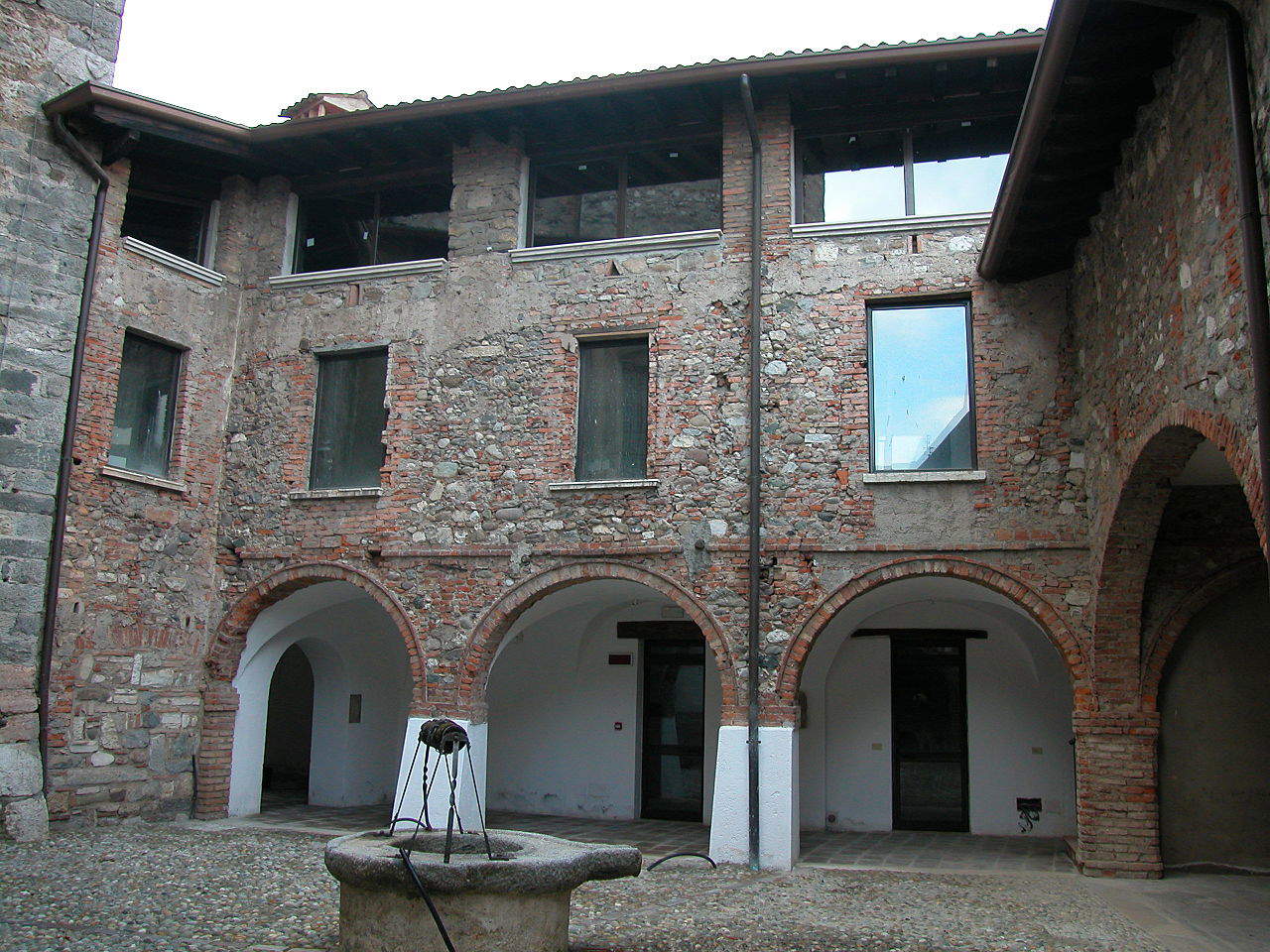
Odolo is a Valle Sabbia town with a long tradition of forges. The channelization of the Vrenda River allowed, especially since the 17th century, a very strong development of these handicraft realities. To keep this long tradition alive in 2007 in Odolo the Iron Museum “Fucina di Pamparane” was opened. It is a building, arranged on two floors, which housed, until recently, a craft workshop. The entire structure, and not only the objects contained within this ancient workplace, form the museum. A walkway has been created here that serves to define the visitor’s path and allows visitors to better observe the structural features of the museum and the tools used in iron forging. Inside are two hammers complete with water wheels, depots, hydroeolic trumpet and other machines to accompany an extensive exhibit designed to illustrate Odolo’s socio-economic history, which is closely linked to ironworking.
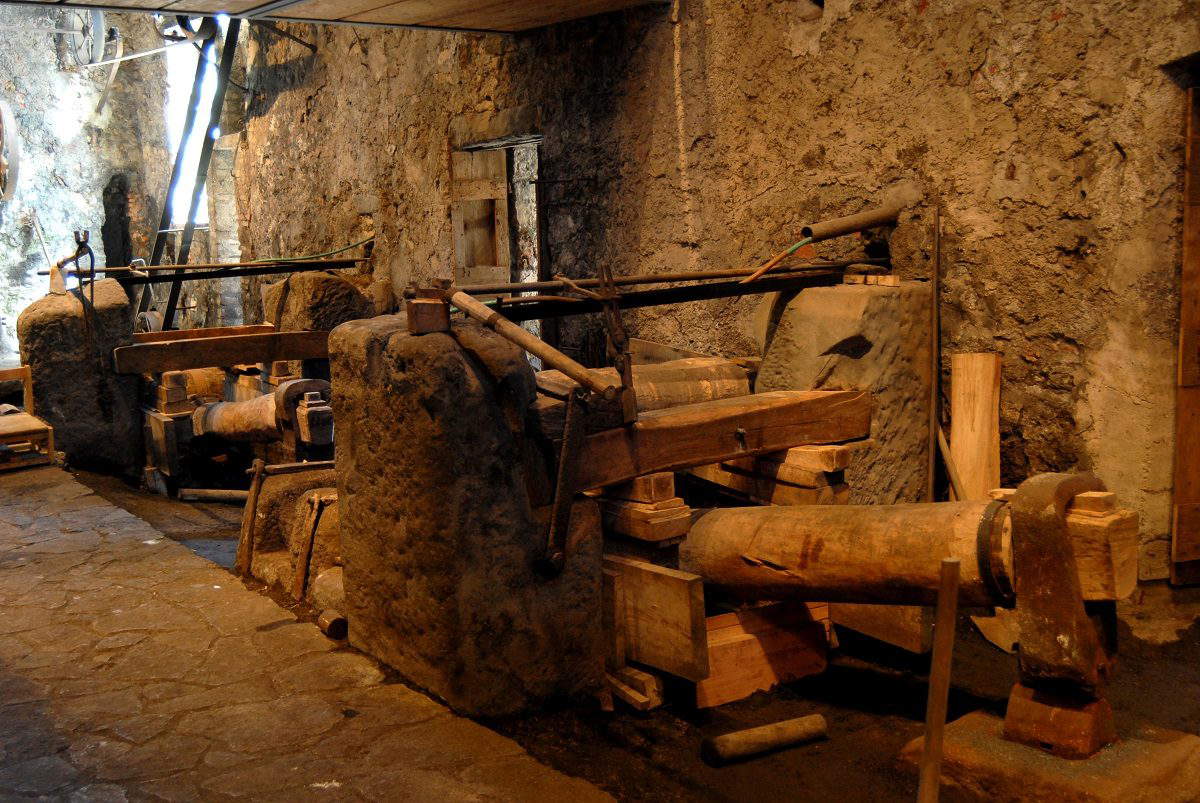
The “cathedral in the mountains,” as it is known to locals, and an imposing parish church that holds the greatest evidence of Bagolino’s history. Built in the 17th century in just three years to a design by architect Giovanni Battista Lantana, the church of San Giorgio is one of the largest in the entire province of Brescia. Hand in hand with its exterior majesty, on the other hand, goes the richness of its interior where works by great artists such as: Titian, Tintoretto, Palma the Younger, Torbido, and Pietro Mera. The scenic frescoed vault, on the other hand, was created by Tommaso Sandrini, according to the typical taste and structures of the 17th century, while the high altar is the work of Abbot Gaspare Turbini. Finally, the panel painting of the Madonna of St. Luke is famous.

In the village of Cima Rest stands the Valvestino Ethnographic Museum. Characteristic right from its location, a barn with a thatched roof that, from the very first glance offers the visitor a cue to approach the reading of the valley and its many characteristics. The objects on display all have an important symbolic, cultural and artistic value, which is especially delineated because of the gap between today’s meaning and what the same objects represented in the past. All of them are arranged between the barn on the upper floor, the stable on the lower floor, and the dairy at the bottom of the ground floor. They are mostly artifacts collected in the Vestino Valley area and consist mainly of tools for agricultural, craft and dairy work: sledges for transporting lumber, tools aimed at cheese production, equipment for woodworking, for cultivating fields and for making and running barns and structures related to the activity of pastoralism. It is also possible to stay in nearby barns.
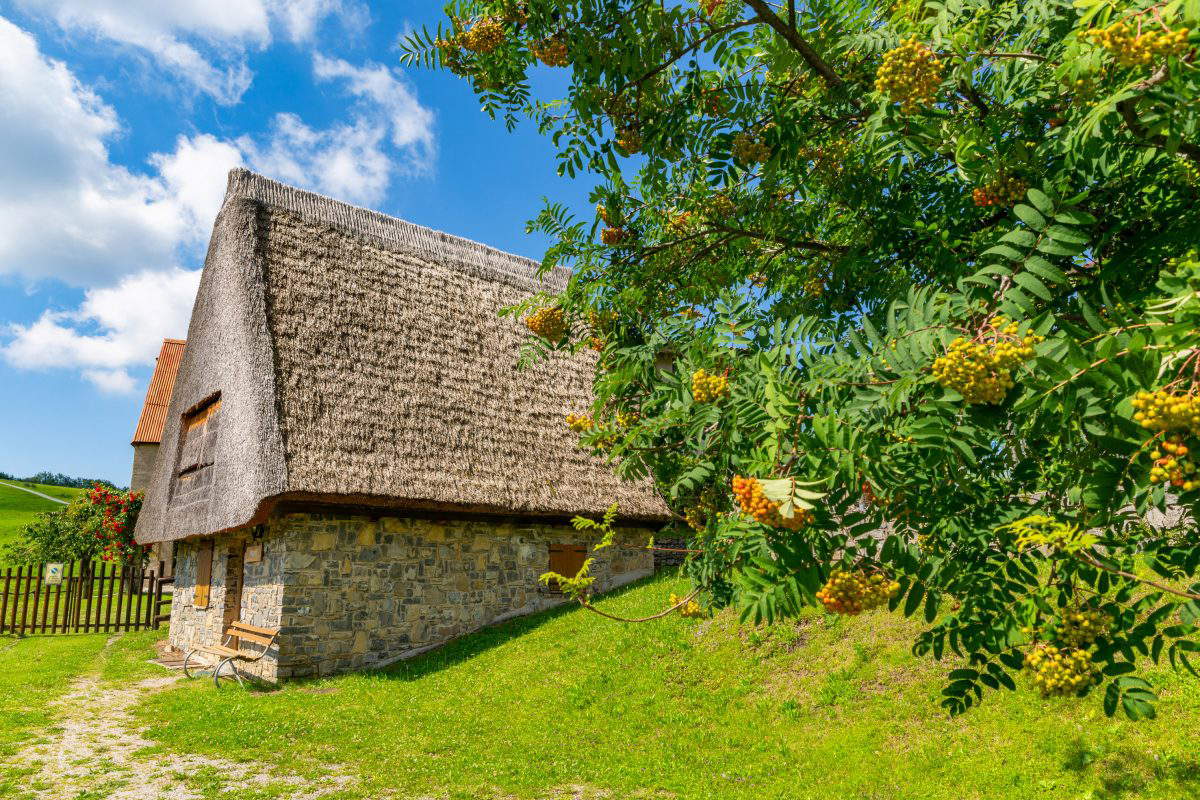
On the right bank of the Tovere stream is the smelting furnace of Pertica alta. This interesting site of tradition and work can be reached along a mule track that descends from the village of Livemmo di Pertica Alta and represents a living testimony to the activity that for centuries animated the economy of the Brescian valleys. The furnace is located near the primary resources needed to work the metal: water and charcoal. Ore, on the other hand, was transported by mule from the Valtrompia. The plant was used for the initial processing of the iron ore mined in Valtrompia, pig iron, which was then sent for further processing in the Valsabbia forges, located further downstream. This activity was so prosperous because the Sabbia Valley was rich in forests that provided the charcoal fuel. The Trompia Valley, on the other hand, had ore but lacked fuel for this reason Livemmo played a strategic role. Then, in the 19th century, this economic system went into crisis and ironworking moved mainly to forges in the valley bottom, and the mountainous areas were abandoned.

 |
| Lake Idro, what to see: 10 must-see stops |
Warning: the translation into English of the original Italian article was created using automatic tools. We undertake to review all articles, but we do not guarantee the total absence of inaccuracies in the translation due to the program. You can find the original by clicking on the ITA button. If you find any mistake,please contact us.